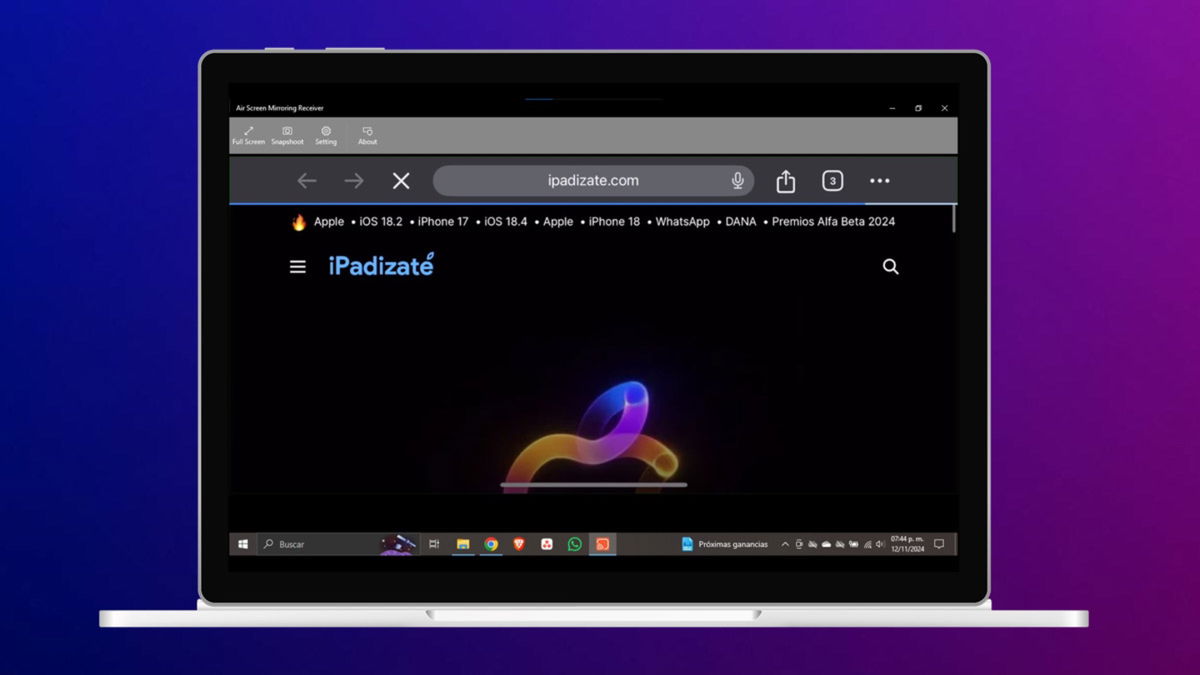There is no doubt that the new iMac 24 ”with M1 is an incredible piece of equipment. A dramatic upgrade from the previous generation, it finally brings a lot of excitement to Apple’s desktop lineup and establishes what the iMac will be like for years to come.
But Apple can’t go another decade without making some big changes to its new model. While we highly recommend you buy one now over any other iMac, the new model falls short of our expectations.
Here are five reasons the 24-inch iMac continues to fall short.
M1 chip only ok
Unsurprisingly, the new iMac has received a dose of the Apple chip, and we have no doubts that it will be blazingly fast, especially compared to the previous Intel Core i3 model.
But until the system-on-chip is updated with more RAM and faster speeds, we have the same M1 chip as in the MacBooks, with 7 and 8-core GPU options. That might be enough for these iMacs, but Apple will need a more powerful processor and graphics, not to mention memory, in high-end iMacs.

The screen is not adjustable
The iMac with M1’s 4.5K Retina display is without a doubt excellent, with a wide P3 color gamut, 500 nits of brightness, True Tone and an anti-reflective coating. It will be amazing to watch movies, edit videos and watch them for hours and hours.
The problem we have is its adjustment. Like older iMacs, you can adjust the screen to find the optimum viewing angle, but you can’t raise or lower it to be at the same height as your desk.
This was a major limitation of the old iMac (and the birth of the riser and stand industry) and we can’t believe Apple has done it again.

It has no decisive benefit
The iMac with M1 is certainly a good computer, but it doesn’t do anything that the previous model couldn’t. The magnetic power cord is a nice touch, but it doesn’t add to the experience.
We wish there was a wow factor – an installed wireless charging dock, removable display, Apple Pencil support – making a device we want the one we need.
The iMac with M1 is undoubtedly a good piece of equipment, but when you analyze it carefully, it is simply an iMac.
The design does not go beyond
At first glance, the iMac turns heads. The colors, the slim bezels, the minimal aesthetic are all very pretty, but when you step back, it’s not that different from the model it replaces.
Our big one is the chin. Apple made a very thin iMac (only 11.5mm), but it still has to tuck the motherboard under the screen. So, if there is less empty space and it is more colorful, there is still a chin under the screen, this time without the Apple logo.
And as we are, we don’t understand why Apple has gone for so many distracting white bezels and not dark bezels.
You may be interested in: Why I’m disappointed with the design of Apple’s 24-inch iMac.

Missing ports
Apple launched a crusade against the iPhone and MacBook ports, and now it has reached the iMac as well. However, while we understand why Apple wants to remove ports from its portable devices to make them thinner and lighter, that doesn’t make much sense on the iMac. But Apple did the same.
The previous model had four Thunderbolt 3 (USB-C) ports, four USB-A ports, Gigabit Ethernet, and an SDXC card slot, but the new model only has two or four USB-C ports, with Ethernet included in the package. the most advanced models.
This means that you need a center O dongle to connect any accessory, something that shouldn’t be needed.

Has no face ID
We’ve wanted to see Touch ID on the Magic Keyboard for years, and we’re happy to see it coming to the iMac (and hopefully Apple will let us buy one separately soon). But we can’t help but see this as a missed opportunity to bring easier and more secure biometric authentication to the Mac.
When we learned that the iMac would have an upgraded 1080p front camera, we were sure we had a TrueDepth camera for Face ID, but no: we’re still waiting for it to arrive on a non-iOS device.
Original article published in igamesnews US.
.
Table of Contents








